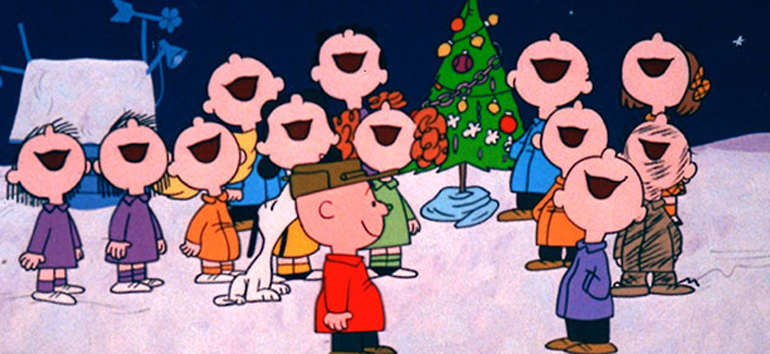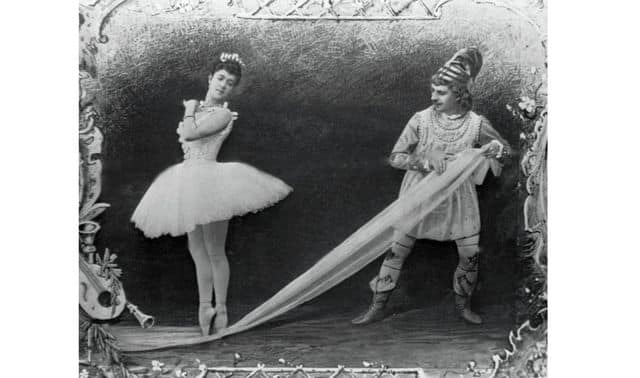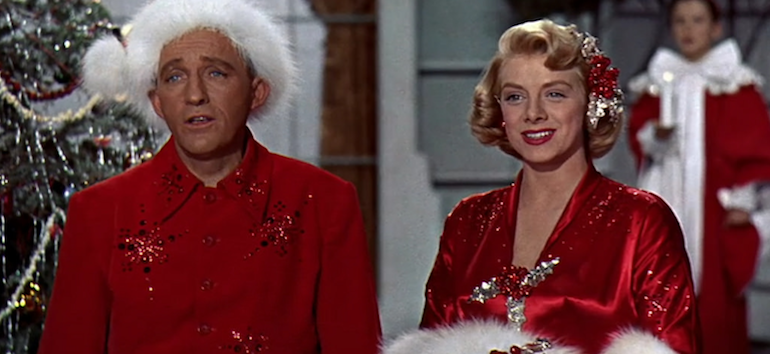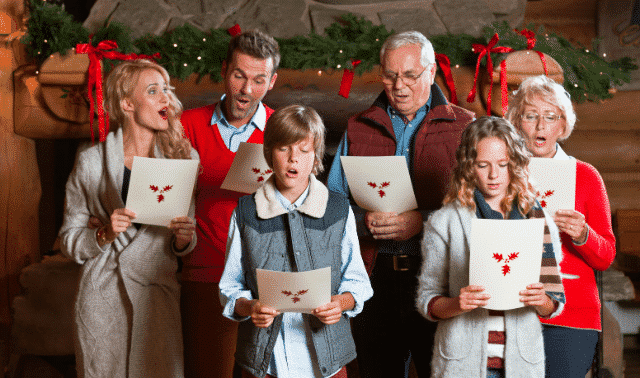“Isn’t there anyone who knows what Christmas is all about?” Charlie Brown shouts this question in his first TV appearance, and it’s one we often find ourselves asking on the heels of Black Friday and Cyber Monday. A Charlie Brown Christmas has provided an answer since it first aired on CBS on Dec. 9, 1965.
The special, featuring now-iconic characters such as Charlie Brown, Snoopy, Linus and Lucy, has delighted generations of viewers. But the special wasn’t always the smash hit we think of today. Let’s take a look at the history of A Charlie Brown Christmas.

Charlie Brown’s beginnings
Charles M. Schulz’s Peanuts comic strip began in 1950 and had grown in popularity over the next two decades. His characters appeared on the cover of Time magazine in 1965, and advertisers grew interested in partnering with Schulz. Unable to sell a documentary on Schulz and his creation, documentarian Lee Mendelson agreed, on a whim, to make a half-hour Charlie Brown Christmas special for the Coca-Cola Company. (Yes, the Christmas special with an “anti-commercialization of Christmas” message began as sponsored content. Even more ironically, Coca-Cola, the company famous for commercializing Santa Claus, sponsored it.)
In a 2011 interview with Time magazine, Mendelson admitted he did not contact Schulz before agreeing to the deal. He called Schulz afterwards and said, “I think I just sold A Charlie Brown Christmas.” When Schulz asked what that was, Mendelson responded, “It’s something you’re going to write tomorrow.” The two finished the pitch in less than a day, and Coca-Cola picked up the program just six months before the broadcast date.
A production schedule to make you say ‘good grief’
The production, with limited time and resources, faced several hurdles. Save for a few car commercials, Schulz’s characters had never appeared on television. Animators had to decide how to bring the characters to life while remaining consistent with the comic strip’s tone and style. With limited resources, Mendelson couldn’t find a lyricist for the opening musical number. So he wrote the words to “Christmas Time is Here” himself, on the back of an envelope. They finished the special with no time to spare, just a week before broadcast.
Schulz, Mendelson and director Bill Melendez also made several daring, unorthodox decisions that left executives scratching their heads. For example, they chose a jazz soundtrack, unconventional for a children’s program. Linus’ impassioned speech, taken from the King James Version of Luke 2: 8–14, also raised some eyebrows. Scripture had rarely (if ever) been read on television.
In addition, Melendez cast actual children to voice the characters, unusual for the time. Peter Robbins and Christopher Shea, the voices for Charlie Brown and Linus, respectively, were the only actors in the cast with prior professional acting experience. The producers had to feed lines to the children one at a time, which is why the Peanuts characters speak with a peculiar lilt. (To save money, Melendez voiced Snoopy, a role he reprised in all subsequent Peanuts specials and films.)
Despite the production team overcoming the odds and making bold creative decisions to produce the special in a time crunch, network executives hated the final product. They found it slow, amateurish and tonally inconsistent. Since it bucked many of the TV conventions of the day, they predicted the special would flop.
From Coke commercial to Christmas classic
Despite skepticism from network execs, critics and audiences alike loved the special. An early positive review from Time magazine put some wind in the production team’s sails, and praise from other publications soon followed. The special finished second in its timeslot, trailing only Bonanza. A Charlie Brown Christmas won the Primetime Emmy Award for Outstanding Children’s Programming in 1966, and CBS received the prestigious Peabody Award for the special in 1965.
Of course, Peanuts continued to grow in popularity. In fact, the special pre-dates many of Schulz’s most-popular characters, such as Peppermint Patty, Woodstock and Franklin. Mendelson, Melendez and Schulz used the Christmas special’s animation style, music and overall tone as a template for other Charlie Brown programs throughout the years, including It’s the Great Pumpkin, Charlie Brown!. And the half-hour format led to other short Christmas classics, such as How the Grinch Stole Christmas. Even the soundtrack, by jazz musician Vince Guaraldi, has become a classic in its own right.
The special continues to run on TV each year, now on Apple TV+ rather than CBS. It has undergone some edits throughout the years. Animators have touched up some of the artwork, and most versions remove a quick reference to Coca-Cola in the original broadcast’s intro.
Last updated: December 2024








